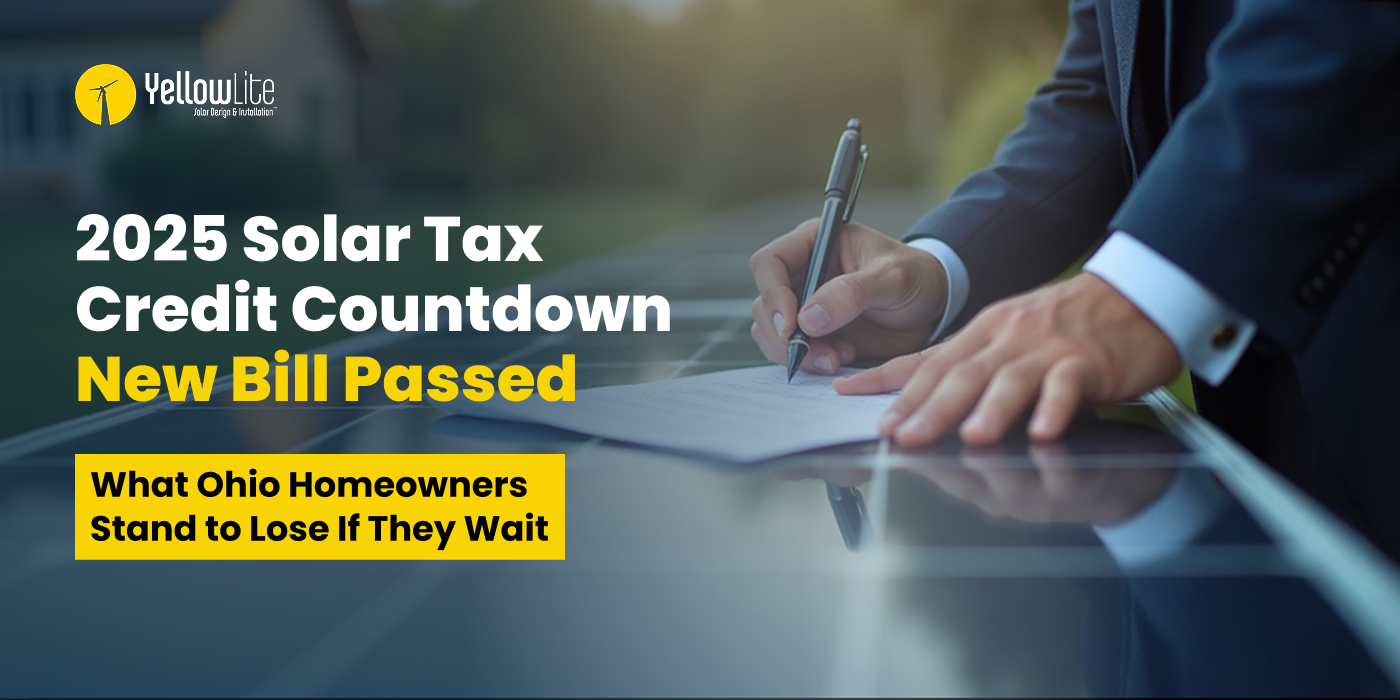The energy sector is moving towards accounting for solar panel depreciation. But what exactly is the concept of depreciation and how does it apply to solar panels? The answer can be quite confusing and we’ve tried to break it down for you:
Solar Depreciation and How is it Used for Investment in the Solar Industry:
Be it your fancy car, your big home or the new sofa set you bought the other day, the sad part is: its value is meant to decline over a period of time. In order to quantify this decline in value, accountants use this fancy term called ‘depreciation’. Depreciation is only calculated when the asset fulfills the following requirements:
- Depreciable assets have a limited useful life.
- The useful life of the asset is more than one year.
- The assets should not be the sales inventory i.e. it should be used in the production of goods and services to run a business.
Let’s have a look at how depreciation in solar benefits small businesses. Not only do solar panels have a useful life of five years, they are also used for the production of renewable energy. So solar panels meet all the three criteria.
Solar energy systems have been determined by the IRS to have a useful life of five years. These five years are also considered as the baseline for the energy payback time for solar panels. Even though a solar array may last for decades, the IRS expects that a business will apportion the entire value of the array over five years in their solar tax credits. For residential units, these metrics are changed from giving back to investing in solar panels, getting use out of them, and having depreciated units without having to give taxes.
Now that we know what solar depreciation is, let’s have a look at how solar depreciation lowers cost of investment in solar for you:
Solar Depreciation on Residential Solar Panels:
There’s all this talk about commercial solar depreciation, but what about residential solar?
Ever heard of Return on investments (ROIs)? Small businesses and homes drive ROIs through residential solar in the form of a shorter energy payback time in the long run. It is through solar depreciation that you can lower the burden of the solar tax credit through the deductions taken during the first few years of your solar panel setup. This helps you enjoy the fruit of your investment in the long run when you’re saving through a decrease in your electricity bills. Residential solar is significant with respect to solar depreciation because of relatively zero transmission losses, as it provides you with the best utilization of your land resources (in this case it’s your rooftop). Only solar electricity technology can give clean point-of-use power.
MACRS Solar Depreciation:
Solar energy systems also qualify for accelerated depreciation under a 5-year MACRS schedule. The MACRS (Modified Accelerated Cost Recovery System) has been in use by the IRS since 1986 and is a way for businesses to achieve a partial solar tax credit break.
It is twice the rate of straight-line solar depreciation during the first three years and switches to straight-line solar depreciation for the remainder. A common deduction schedule is as follows:
Year |
Depreciation |
|
1 |
20.00% |
|
2 |
32.00% |
|
3 |
19.20% |
|
4 |
11.52% |
|
5 |
11.52% |
|
6 |
5.76% |
With the payback period decreased on solar panels, fewer tariff plans on taxes for residential solar panels - depreciation on solar panels allows for more financial payback for residents.
Having knowledge about your property, solar panels, and solar depreciation is beneficial before you decide to make a long-term investment. If your long-term investments don’t include dealing with costs that come with solar panels, you can consider other options like leasing solar panels from your preferred installation company.



